Waking up to a ransacked trash can, a dug-up vegetable garden, missing chicken eggs, and damaged property will never make for a good morning. These are just some of the things people struggling with raccoon invasion face daily.
Raccoons are clever, so trapping them is anything but easy. However, with the right set of baits, you might just be able to outsmart these sneaky masked bandits.
In this guide, we’re covering the best baits to use to lure raccoons right into your trap. We’re talking marshmallows, fish, meat, and other treats that even the cleverest raccoon won’t be able to resist.
Marshmallows
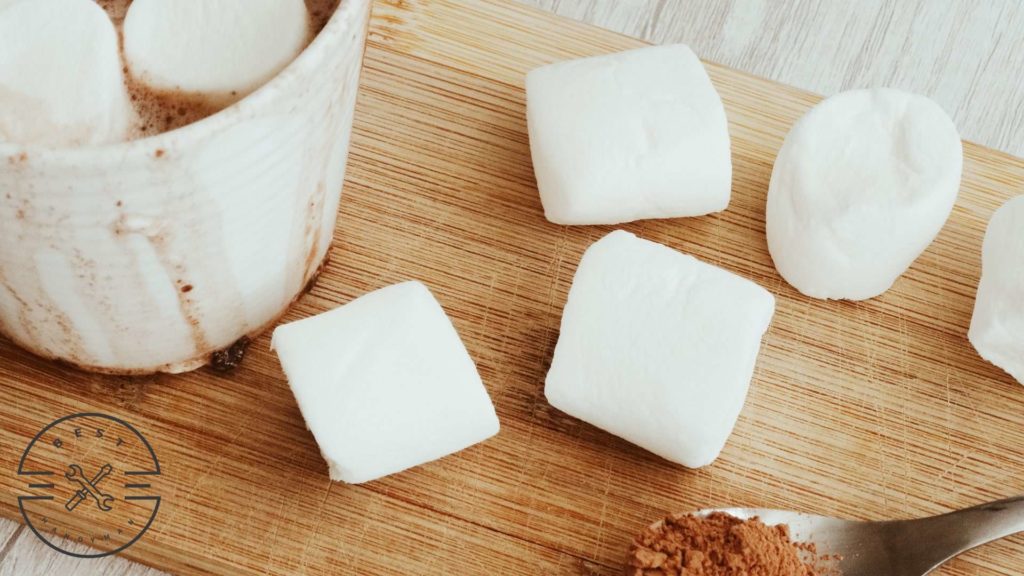
If you can’t resist the sweet scent and sugary taste of marshmallows, best believe that raccoons can’t, too. They have a sweet tooth, and the sweet aroma of marshmallows can attract them to the bait.
Marshmallows also look like eggs, which is what raccoons typically look for when they go to our houses. They’ll likely get close to them and try to take them because of their look and smell, triggering the trap.
The best thing about marshmallow baits is they’re unlikely to attract other animals, so you won’t have to worry about your pet getting trapped because of your bait.
Fish
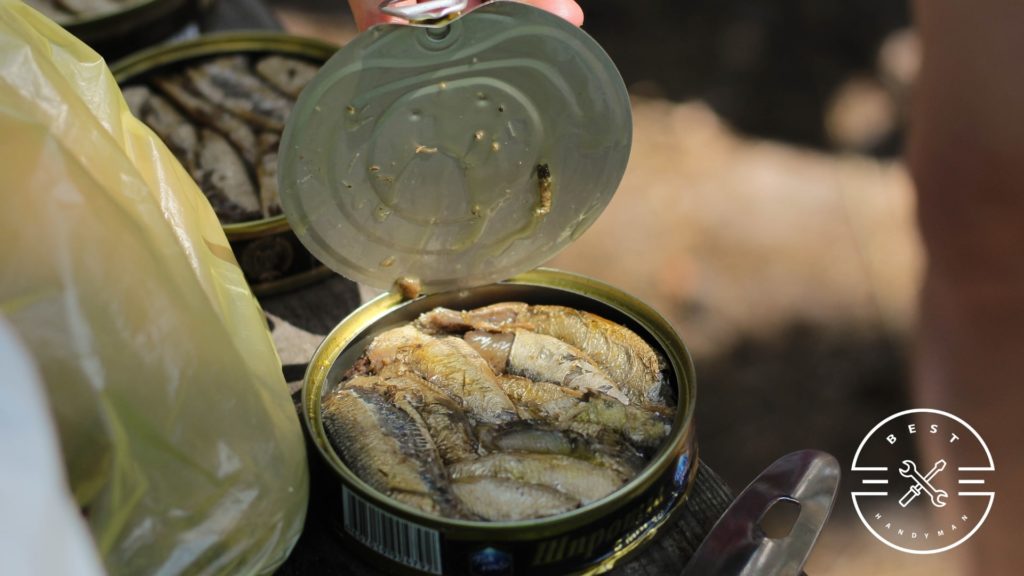
Fish are part of the natural diet of raccoons, especially in areas with a lot of water sources. Use fish that have a strong oily or fatty aroma, like tuna and sardines, since they’re more effective in enticing raccoons.
Monitor your trap regularly if you’re using fish, as it can also attract other animals. Moreover, fresh fish and even canned tuna will only last for a few hours or days before they lose their attractive smell, so you’ll have to change it when needed.
Cooked Fatty Meat
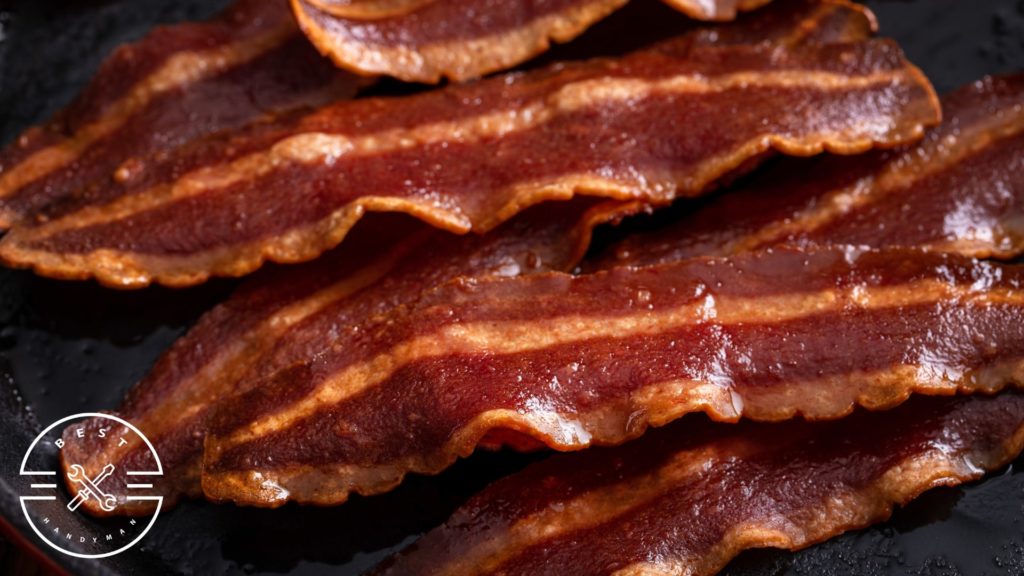
Like most of the baits in this article, cooked fatty meat has a strong aroma that attracts raccoons. Raccoons particularly love fatty food because they’re good for an energy boost, so there’s a high chance they’ll take them and activate the trap.
Cooked fatty meat, though, can attract other animals, like opossums and cats, so constantly monitor your traps. Release non-target animals immediately in the trap and place another bait for raccoons.
Honey-Coated Vegetable
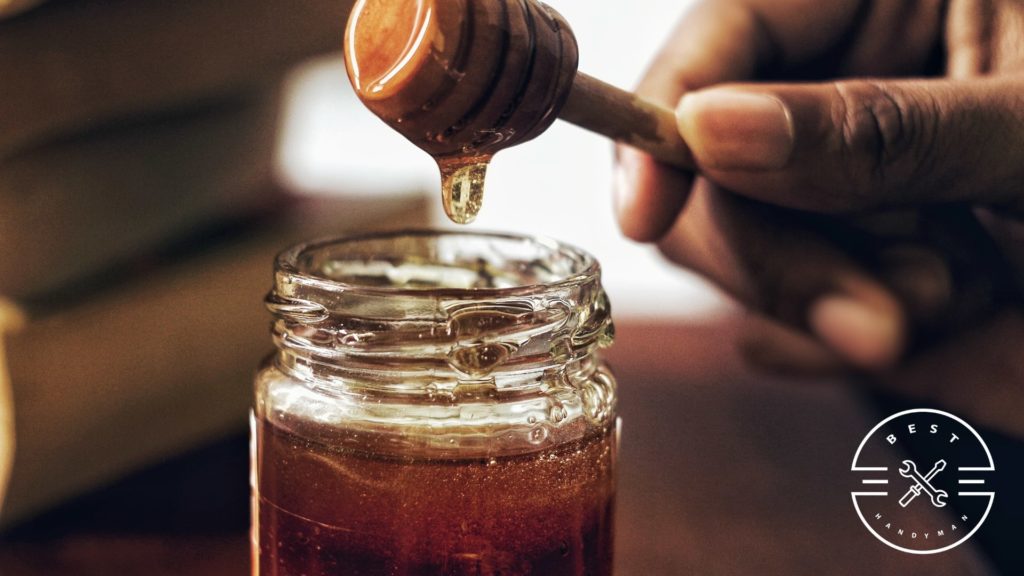
Honey-scented vegetables appeal to raccoons’ sweet tooth, making them an effective bait. The sweet scent coming from honey will attract raccoons from a distance.
The sticky texture of honey can also make the vegetables more interesting for raccoons to handle and consume. This can make the bait more enticing, so there’s a high chance that they’ll take the bait and activate the trap.
If you don’t want to use vegetables, you can also coat other food with honey. You can use bread, bacon, egg, or whatever is available.
Sweet Corn
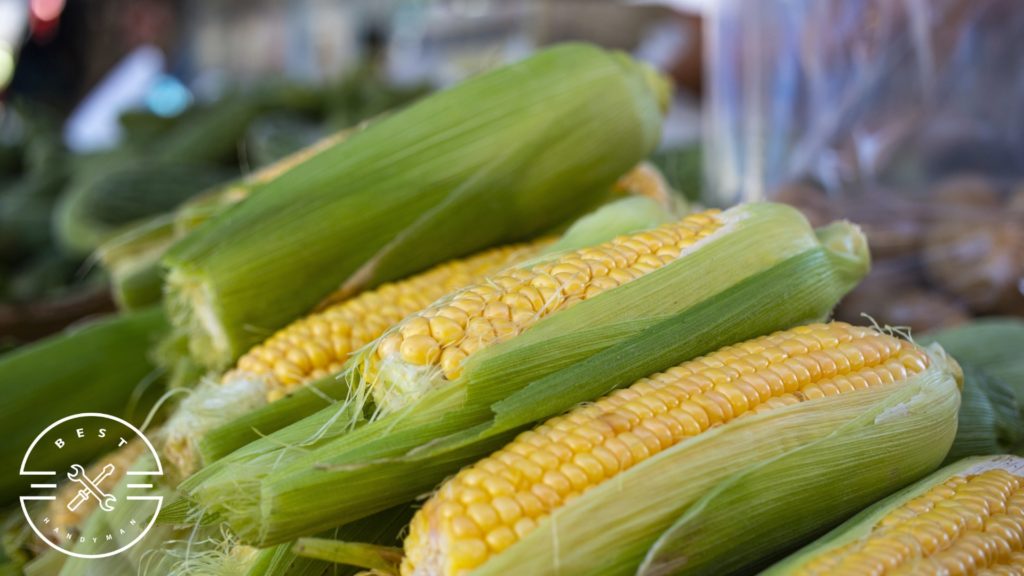
Sweet corn may not be appealing to other animals, but it sure is for raccoons who love anything sweet. Raccoons are actually among the biggest enemies of sweet corn farmers because they cause so much damage to their farms due to their love for corn.
Sweet corn has a sweet aroma that raccoons can smell from far away. Once they smell them, they’ll find their way to your trap and possibly get trapped from interacting with the bait.
Wet Cat Food
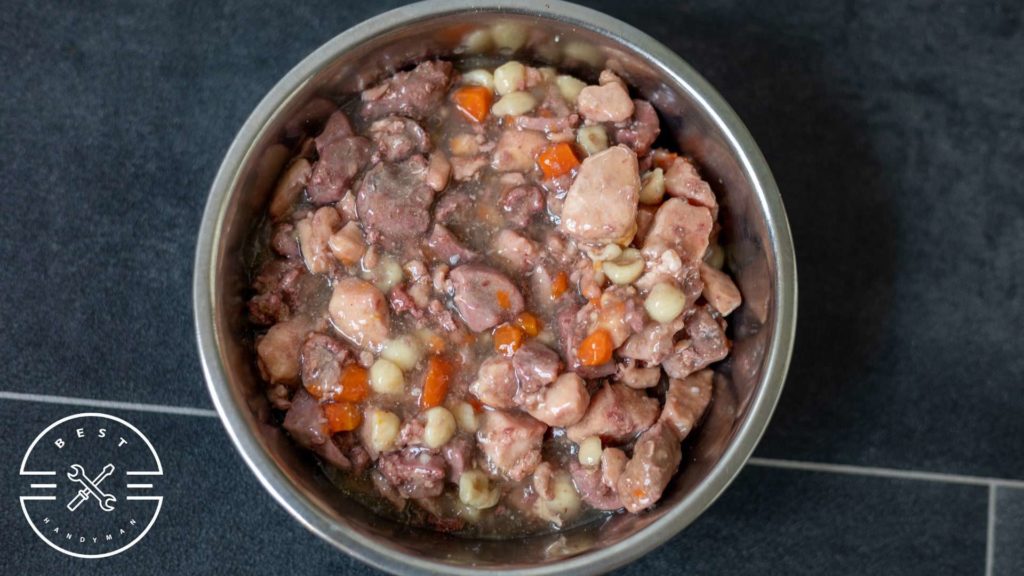
Raccoons have a highly developed sense of smell, so wet cat food that emits a pungent smell can easily attract them. Cat food is also mostly meat-based, so their fatty smell will naturally appeal to raccoons.
If you’re using cat food as bait, make sure that the bait isn’t anywhere easily accessible to your cat or dog. The food will also be appealing to your lovely pets, and it can be a huge disaster if they get into the trap before a raccoon.
Egg
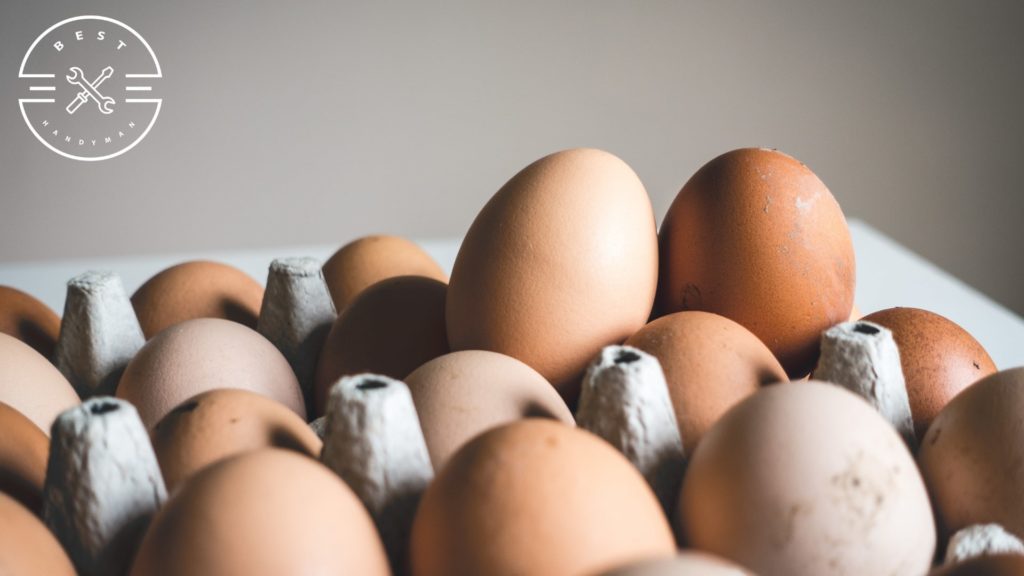
Raccoons seem to always find a way to our eggs no matter where we hide them, so why not use them as bait? You can use any egg, chicken, or duck since raccoons eat almost any type of food.
Eggs are a good source of protein and nutrients, so raccoons are naturally attracted to them. In the wild, they even climb trees just to access bird nests and eat their eggs.
Another advantage of using eggs as bait is you have a low chance of catching other animals since they don’t emit a smell that would attract them.
Peanut Butter
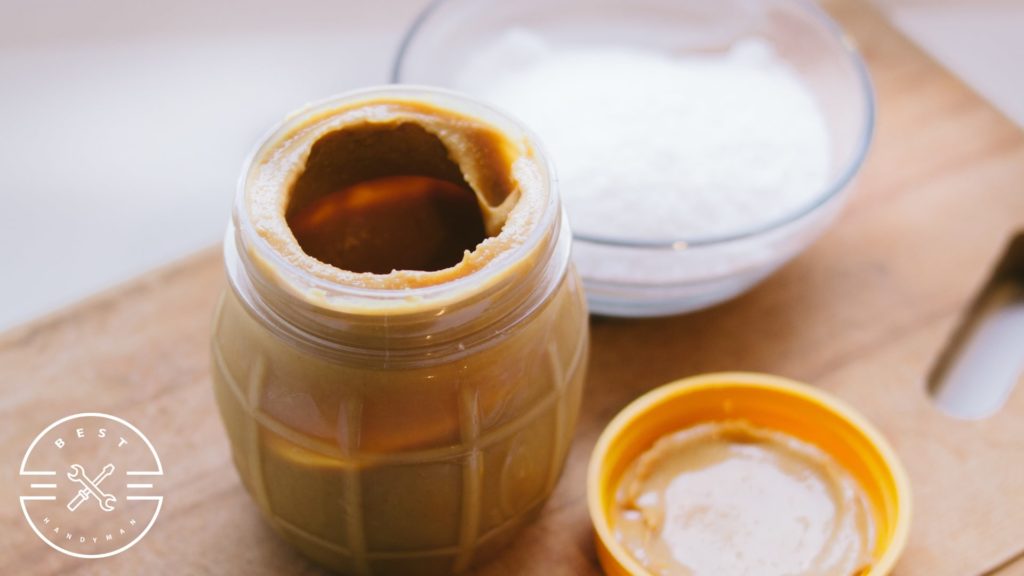
Peanut butter has a distinct nutty scent that will likely capture a raccoon’s attention. It’s also quite fatty, which is what these opportunistic critters love.
You can apply peanut butter to a plate and place it in the trap or combine it with other baits, like marshmallow, sweet corn, and egg, to make it more enticing to raccoons.
Other animals, like squirrels and rats, will also get enticed with peanut butter, so they may get to your trap faster than raccoons. It’s best to check the trap regularly to make sure you don’t capture other creatures.
Watermelon
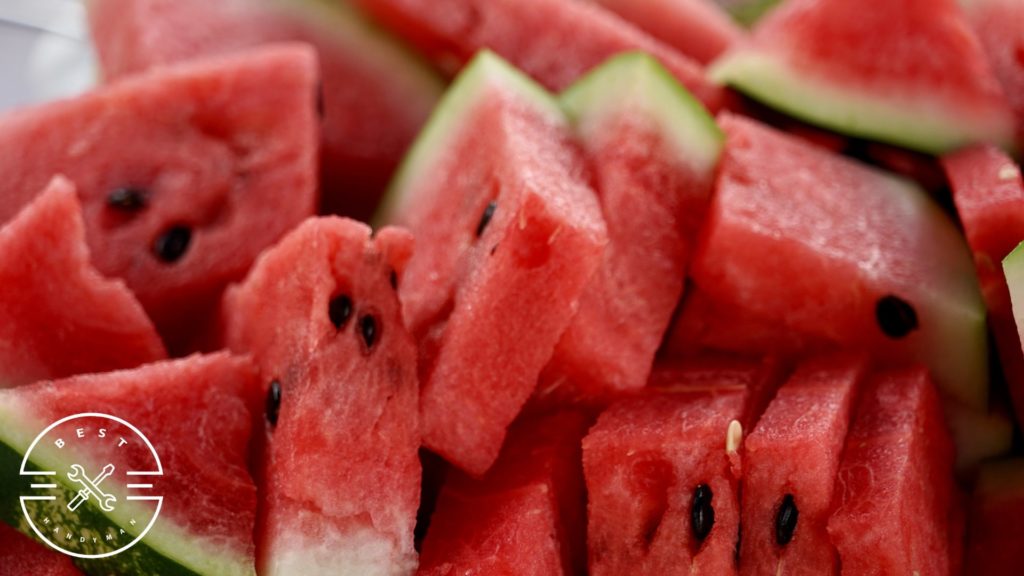
Watermelons combine two things that raccoons love: water and sweet taste. They have high water content and emit a mild, sweet aroma, which can attract raccoons who are seeking hydration during hot weather.
They also have very bright colors which capture the attention of highly curious raccoons. Their color, along with their sweet scent, can make a very effective bait for raccoons that have been terrorizing you.
Using watermelon with other baits, like honey or peanut butter, might be more effective. Its scent isn’t strong enough to reach raccoons far from the trap, so adding something with a more pungent smell can be helpful.
Tin Foil
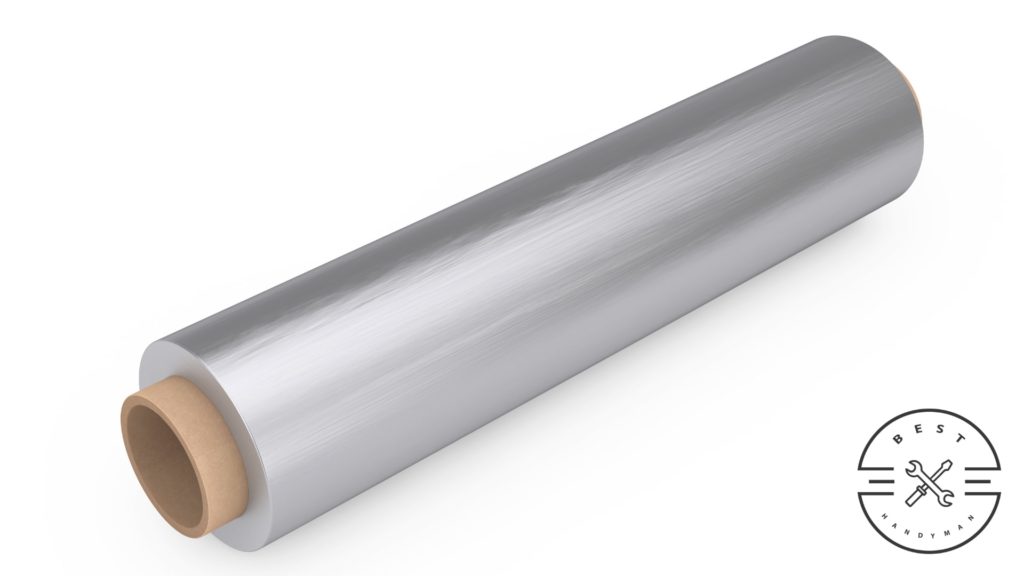
Tin foil is a lot different from all the food baits we listed here, but trust us that this is also a great bait, especially if you don’t want to catch other animals. Unlike other baits that target raccoons’ sense of smell, tin foil targets their curiosity.
As curious animals, they won’t be able to resist the shiny appearance of tin foil. Just set up a crumpled tin foil ball near the trigger, and you’ll be able to catch the raccoons that have been giving you a headache.
Can you trap a raccoon by yourself?

Most of the time, you can only trap a raccoon by yourself if your local authorities give you approval or license to trap one. It’s also illegal to hurt or kill a raccoon unless it’s hunting season and your state allows it.
If a raccoon is bothering you and trespassing on your property, consult with your local fish and wildlife office to know the actions you can take. There have been people who were fined and jailed for trapping and killing raccoons without a permit.
If you’re not granted a permit or license to trap raccoons, just call animal control professionals to take care of them.
How do you set up a live trap for a raccoon?
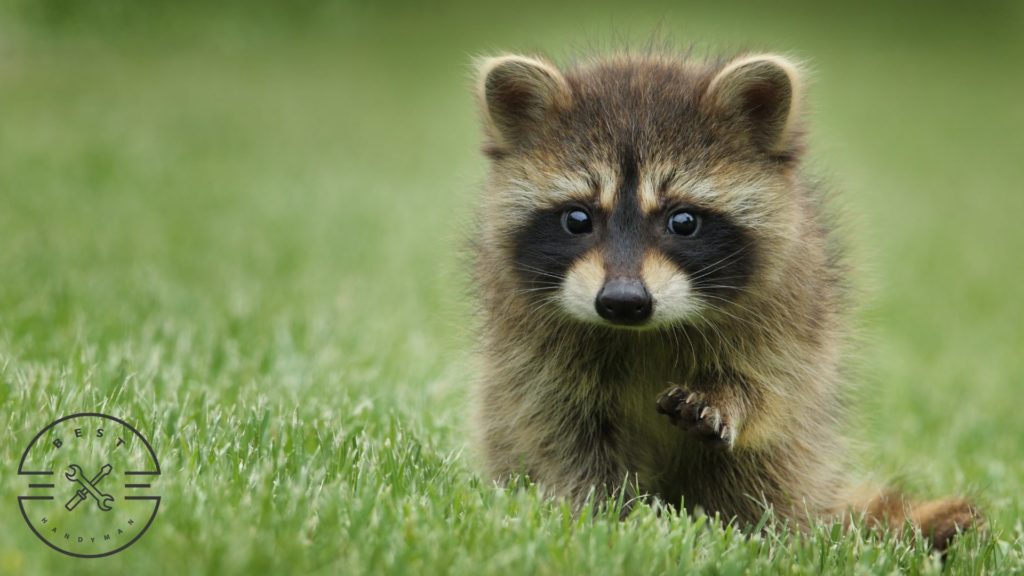
If you are permitted to trap raccoons that are trespassing on your property, here’s how you can set an effective live trap.
Step 1: Put on your protective gear.
Protective gear like gloves is very important when setting up live traps, not only because we want to protect ourselves from accidentally getting hurt by the trap but also because we don’t want our scent to transfer to the trap and bait.
Raccoons have a highly advanced sense of smell, so if they smell a human from the trap and bait, they will likely stay away from it.
Step 2: Prepare the trap.
Choose a live trap specifically made for raccoons to make sure you have the right size and that you can safely and securely capture a raccoon. Once granted the permit, your local fish and wildlife office can recommend traps that you can use.
Step 3: Secure the bait.
Choose any of the baits we mentioned here and securely attach it inside the trap. Place the bait towards the end of the trap, behind the trigger plate, to make sure the raccoon won’t be able to easily take it without triggering the trap.
Step 4: Place the trap.
Position the trap in an area where raccoons are likely to pass. This can be along the edges of your property, near water sources, or anywhere you spot raccoons frequently.
If you’re setting the trap indoors, place it parallel to the wall, as raccoons will likely follow walls or structures when they’re indoors.
Keep your trap under a shade to avoid harming the raccoon it captured. Remember that exposing them to the sun for a few hours can result in the raccoon’s death.
Step 5: Secure the trap.
Place a brick or a block on top of your live trap to secure it in place. Raccoons can be aggressive when trapped, and they will try to tip the cage to escape, so we want it secured and stable.
Step 6: Remove any competing food sources around the trap.
Having food sources near the trap makes the bait less appealing to the raccoons, rendering your trap less effective. That’s why it’s important to remove anything that can compete with the bait, like pet food, fallen fruits, or garbage.
After setting up the trap, check it once in the morning and once before you sleep. Don’t go to the trap every few hours, as this can discourage raccoons from getting near the trap.
Once you’ve captured a raccoon, cover the cage with a white towel to avoid startling the animal. Follow the relocation instructions given to you by the local authorities on what to do after you successfully capture a raccoon.




